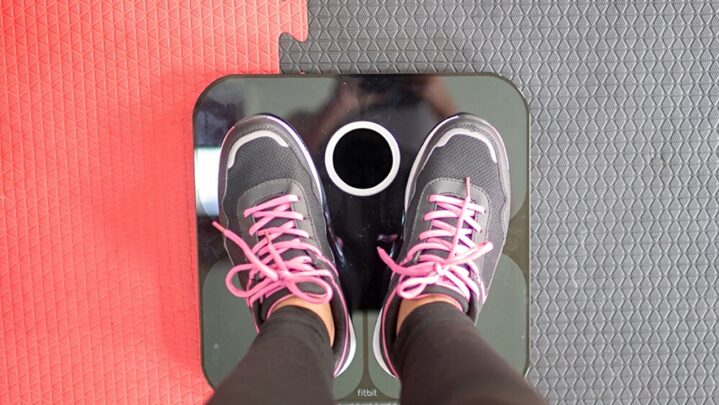When you get on the scale after a strenuous workout, you might think you should weigh less, but this isn’t always the case. The link between your body and the scale is complex, and it can be influenced by a number of things. Don’t be disappointed if you gain a few pounds after beginning to exercise. It’s very common for things to shift.
Here are a few reasons why we weigh more after a workout
1. Changes in appetite
When you begin exercising, you may experience an increase in hunger. In fact, you may be unknowingly grabbing extra snacks or eating larger servings during your meals and might eat more than you’ve burned. Although doing this once won’t make a significant difference, doing it every day will result in weight gain over time.
2. Dehydration
It’s easy to assume that sweating a lot will make you weigh less when you go on the scale, but this isn’t always the case. Indeed, if you’re dehydrated after an exercise, your body may retain extra fluid, causing the scale to rise somewhat. The scale can decrease back down if you consume water and refresh your body.
3. Tear in muscle
Your muscles will develop micro-tears because of exercising, especially if you’re undertaking strength training.
However, as part of the mending process, your body may retain extra fluid in the muscles when you initially receive the microscopic tears. Your muscles will also store extra glycogen as they repair, resulting in increased fluid retention and a temporary gain in weight on the scale.
4. Use of supplements
Weight gain after working out can also be caused by post-workout nutrition or supplement use. Exercise, especially long-duration endurance exercises like running or cycling depletes glycogen stores in the body.
Carbohydrates in supplements aid in the replenishment of muscle glycogen. However, the body maintains three grams of water for every gram of glycogen stored.
Following your workout, you may notice an increase in stored water and possibly water weight gain.
Keep reading successyeti.com
Also Read: Weight Loss Shakes: Tips To Use and Effectiveness





